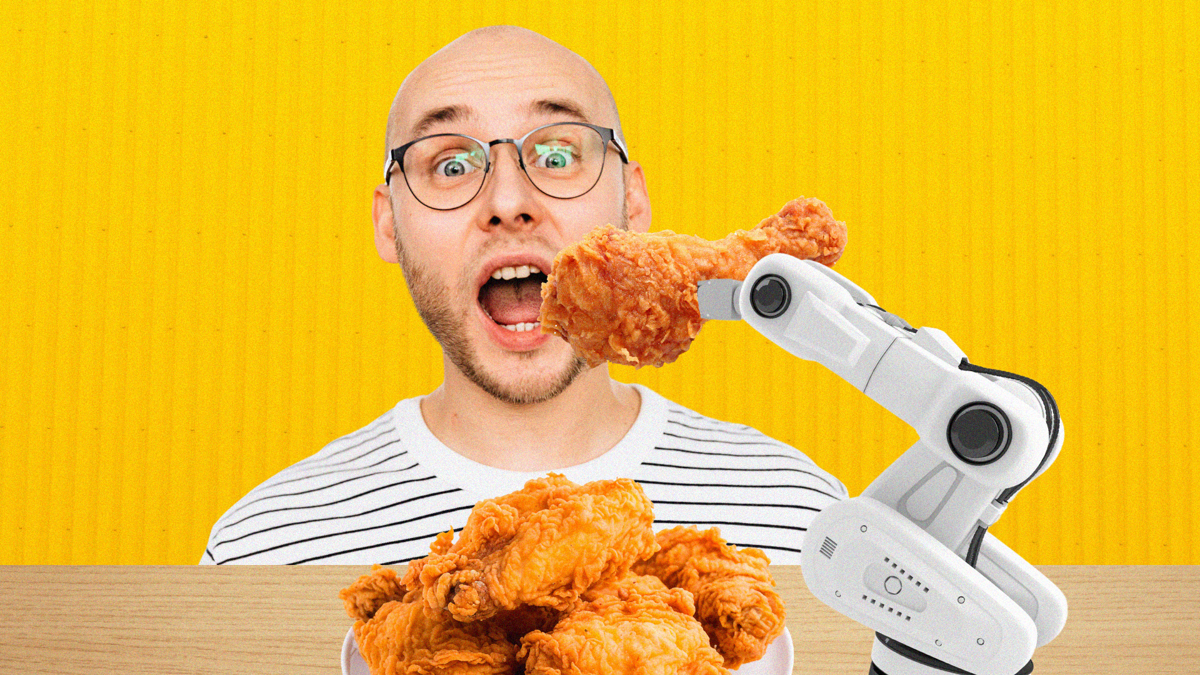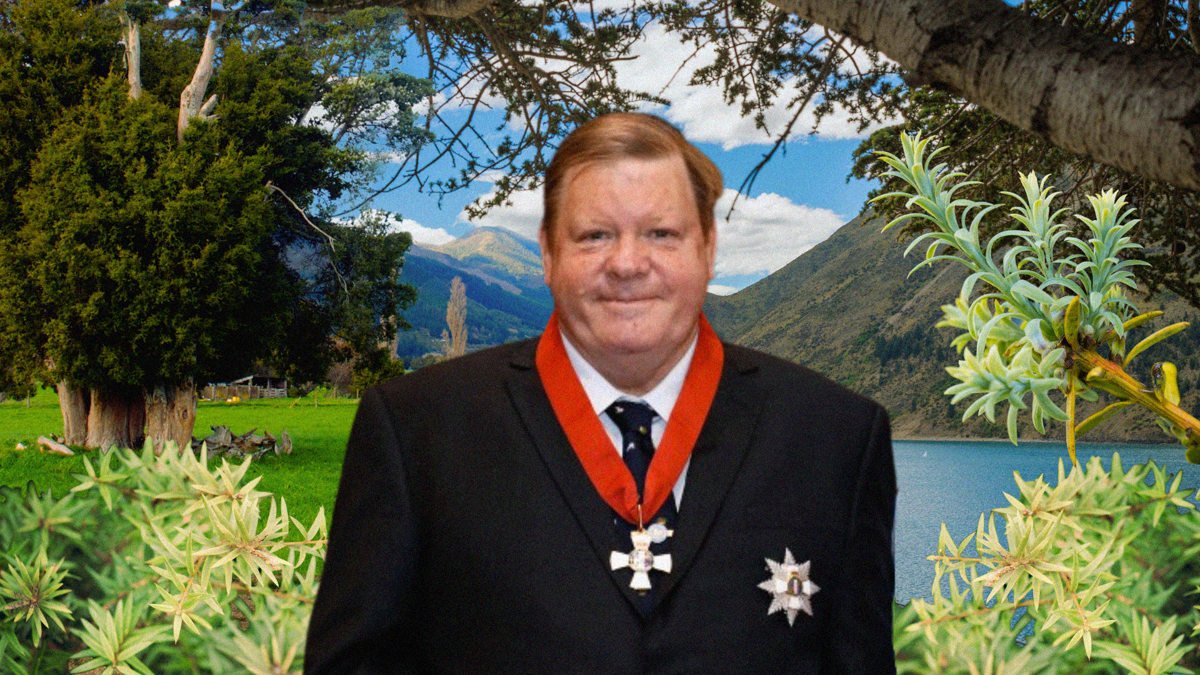My first time surfing was worth the sandy wheelchair cushion and a grazed chin
Catching some waves at Piha was thrilling, says Olivia Shivas. Even if her dad said she looked like a ‘dead body’ on the surfboard.

Image description
Two men wearing wearable tech reach up to other items of technology, such as an internet router, iPhone and smart watch.

Catching some waves at Piha was thrilling, says Olivia Shivas. Even if her dad said she looked like a ‘dead body’ on the surfboard.

We know the techbros are trying to help, but maybe we should just stop building stairs in the first place?

Sir Robert spent his life working to improve the lives of disabled people, says his friend Alexia Black, now we must carry that torch for him.